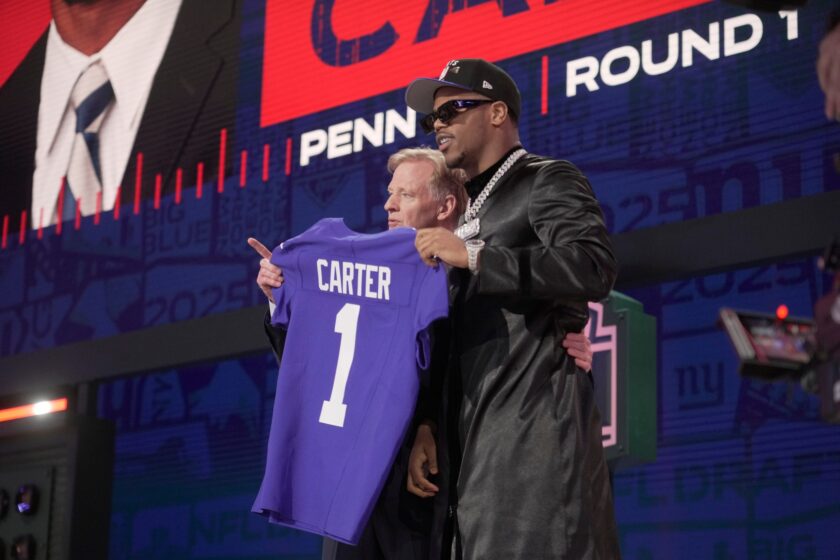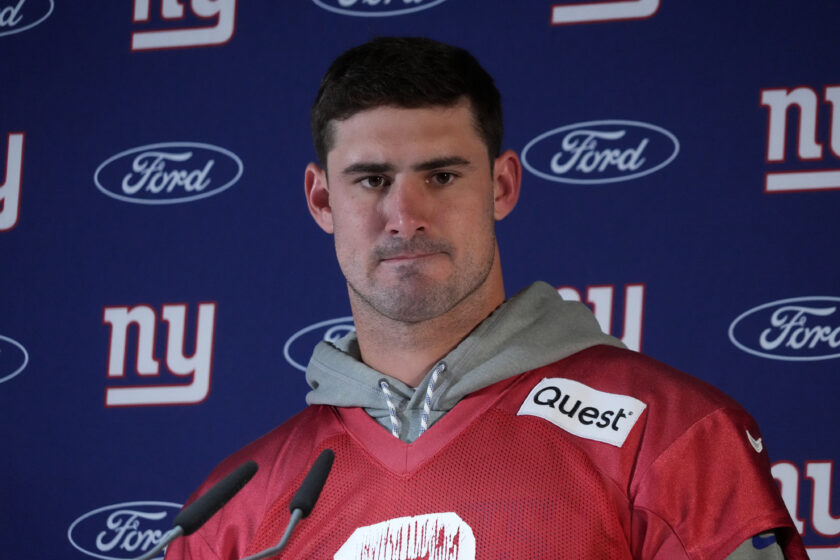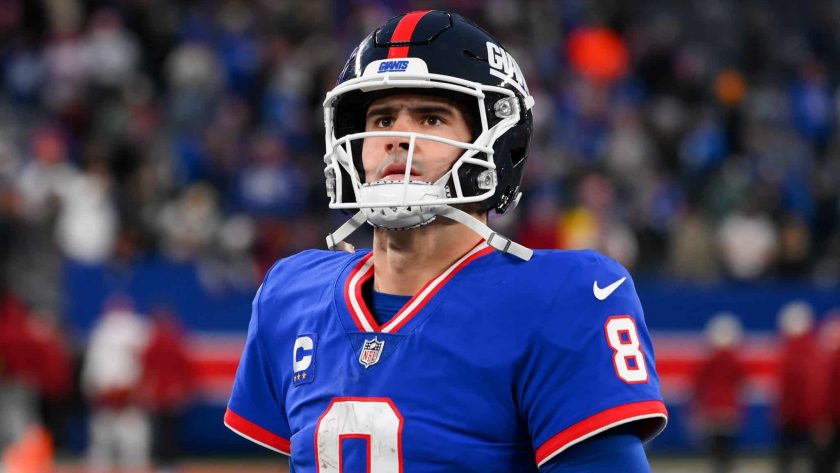New York Giants: Former Safety Tyler Sash Had CTE

Former New York Giants safety Tyler Sash was diagnosed with CTE. Do these degenerative brain diseases put the long term future of the NFL in jeopardy?
By Gregg Cambareri
 Tyler Sash was just 27 when he was pronounced dead in his Iowa home back in early September 2015. The former New York Giant and Iowa Hawkeye was found to have chronic traumatic encephalopathy, better known as CTE. He became the 89th player to be diagnosed with the disease.
Tyler Sash was just 27 when he was pronounced dead in his Iowa home back in early September 2015. The former New York Giant and Iowa Hawkeye was found to have chronic traumatic encephalopathy, better known as CTE. He became the 89th player to be diagnosed with the disease.
Eighty nine is a large number, and one that surely is on the rise given the concussions often suffered in the NFL. Sash, for example, suffered at least 5 concussions over the course of his life. No, not his professional playing career which spanned just 23 games, his life.
When we hear news that a player in the NFL suffered a concussion, we don’t realize how many times it has occurred before. The high school and college days of these gridiron warriors aren’t concussion free–evidenced by Sash of course.
Did Sash’s behavior change in the recent years before his death? Yes, it did. He was arrested in 2014, fleeing from the police while intoxicated on a motorized scooter, and attempting to hide behind a tree–just to give you one example.
In an excellent article by Bill Pennington of the NY Times, (which I strongly recommend you read) Sash’s family suggested that the former Giant just wasn’t himself after his playing days were over.
Sash’s story is worrying for several reasons. We often hear about former players who have CTE several decades after their playing days are over. Look at this CNN interview with former star running back Tony Dorsett, who illustrates daily life with CTE, symptoms, and his thoughts about the NFL in relation to the disease:

Dorsett didn’t begin to experience symptoms of CTE until many years after he played his last down. Sash began experiencing symptoms in his mid 20s. If you’re a parent, and your child is thinking about playing football, it has to be a much more difficult decision knowing what we know now. Athletes are bigger, stronger, and faster than they were in Dorsett’s playing days, which could be making concussions more likely.
Sash’s CTE results unfortunately make him another statistic. Football is game so many people love, but the risks associated with it might have young athletes choose another sport. Recently, former Pittsburgh Steeler Antwaan Randle El stated he would have played baseball if he could go back in time, “I would play baseball. I got drafted by the Cubs in the 14th round, but I didn’t play baseball because of my parents. They made me go to school. Don’t get me wrong, I love the game of football. But, right now, I could still be playing baseball.”
There are no helmets, pads, or equipment that are CTE is proof. It’s just the reality resulting from repeated violent football actions, because football is not a contact sport; it’s a collision sport.
Some players have already taken precautionary actions–just last year did we see former San Francisco 49ers linebacker Chris Borland retire from the NFL after just two seasons. He cited health as his main concern. It’s clear that whether players have just a few seasons, or more than a decade of pro ball under their belts, they have become much more wary of life after football.
As more and more players are diagnosed with CTE and have problems maintaining a high quality of everyday life, it’s worth asking–will we even have an NFL in 20 years?
Central jersey born and bred. Monmouth University alumnus. Sports are not games, rather ways of life. Twitter: @Gcam92
Contact: G.Cambareri123@gmail.com






